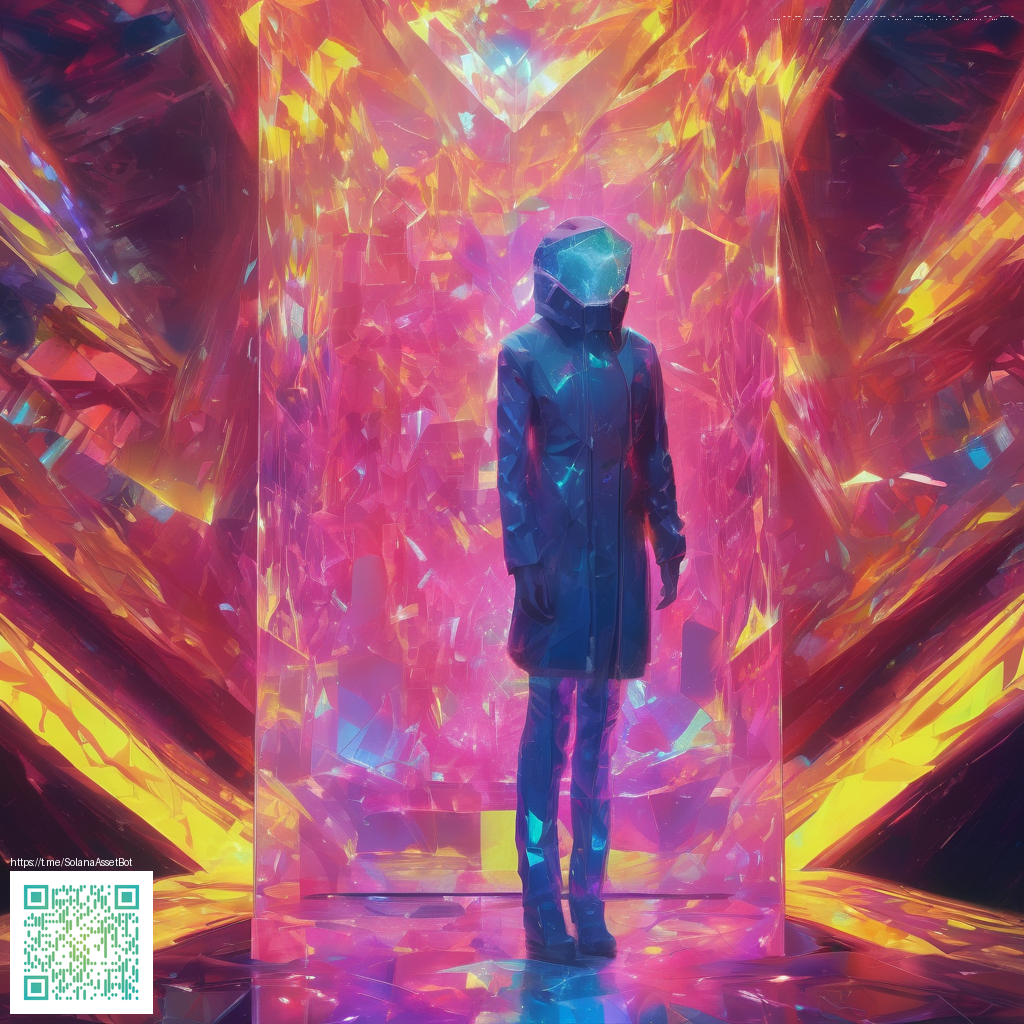
Image credit: X-05.com
Pointer Pointer Inspired: The Rise of Cursor Art on the Web
Over the last decade, the web has witnessed a surprising shift in how we perceive interactivity. The cursor—once a mere navigational tool—has become a canvas for experiments in perception, humor, and cultural critique. Pointer Pointer, the iconic piece that turned the cursor into a punchline, sparked a broader movement: cursor art that invites users to engage, react, and rethink the boundaries between input and expression. This article traces that rise, the techniques behind the phenomenon, and what it reveals about contemporary web aesthetics and commerce.
From Cursor as Marker to Cursor as Co-Author
Cursor art thrives at the intersection of whimsy and technical prowess. Creators deploy a mix of CSS, SVG, Canvas, and sometimes WebGL to transform a simple pointer into an active collaborator in the narrative. The visual effect often emerges only when the user interacts—hovering, dragging, or clicking—making each encounter unique. In practice, artists leverage CSS hover states, transitions, and pseudo-elements to create live illusions, while Canvas-based works render real-time trails, morphing shapes, or particle systems that respond to cursor position. The result is a browser that feels less like a static page and more like a responsive poem written in light and motion.
Beyond aesthetics, these works challenge assumptions about agency and user experience. Cursor art asks: what happens when you cede control from the page to the viewer? The answer varies—from playful gags that subvert expectations to immersive scenes that reveal hidden layers of meaning beneath a surface of digital polish. In this sense, cursor art is a form of social interaction as much as a visual experiment, inviting participation and curiosity as core design principles.
Techniques and Trends Driving the Movement
- CSS-based tricks that swap cursor visuals, swap colors, or reveal elements only on hover.
- SVG-driven motifs that animate along cursor trajectories, offering crisp scalability and expressive motion.
- Canvas and WebGL render loops that produce fluid particle fields, glow effects, and depth cues synchronized with movement.
- Pointer events to capture precise X/Y coordinates, enabling responsive, frame-accurate interactions across devices.
- Accessibility-aware patterns that maintain keyboard and screen-reader compatibility while delivering engaging hover experiences for mouse users.
The result is a spectrum—from retro-influenced pixel art that tethers to nostalgia, to generative visuals that respond with each gesture, creating a living artwork. As browsers and devices evolve, cursor art exploits the language of the interface itself, turning a utilitarian element into a narrative device with cultural resonance.
Design Culture and Consumer Tech Convergence
Cursor art doesn’t exist in a vacuum. It exists alongside consumer devices, neon palettes, and tactile accessories that echo the same velocity and glow found on screen. This convergence matters for creators and brands alike. A neatly designed phone accessory with a neon profile—like the neon-card-holder-phone-case-magsafe-polycarbonate—signals an appreciation for bold, digital-age aesthetics. The product’s polycarbonate construction and MagSafe compatibility position it at the intersection of style and practicality, mirroring the way cursor-art balances visual spectacle with usability. In short, the material world is increasingly designed to reflect the same kinetic energy audiences encounter in interactive art online.
For developers and marketers, cursor-inspired visuals offer opportunities to deepen engagement without overwhelming users. Subtle hover effects can guide attention, while more elaborate canvases can tell stories or demonstrate concepts in an intuitive, almost tactile manner. The best executions respect performance and accessibility, ensuring that the magic remains inclusive and fast across devices and bandwidths.
Practical Takeaways for Creators and Brands
- Start with a clear narrative: let the cursor perform as a character or instrument within a larger concept, not just a decorative flourish.
- Balance novelty with performance: if you push canvas or WebGL, provide graceful fallbacks and test across devices to avoid latency that breaks immersion.
- Consider accessibility: ensure keyboard navigation and screen readers can access the same information, and provide alternative cues for users who don’t rely on a cursor.
- Offer tangible bridge products: align digital art with physical items that reflect and extend the experience, such as accessories with bold neon cues or micro-interactions that echo screen visuals.
- Document the process: share the technical decisions—libraries, shaders, and techniques—so others can learn and innovate responsibly.
Related reads
- https://transparent-paper.shop/blog/post/understanding-teff_gspphot-via-a-35000-k-blue-white-giant-at-18-kpc/
- https://blog.digital-vault.xyz/blog/post/tornado-elemental-art-through-the-decades-mtg-illustration-trends/
- https://blog.digital-vault.xyz/blog/post/breathing-new-life-into-vintage-paper-for-digital-restoration/
- https://blog.digital-vault.xyz/blog/post/protean-raider-exploring-cultural-influences-in-mtg-art/
- https://crypto-acolytes.xyz/blog/post/prompt-analytics-for-mcp-servers-boost-performance-and-insights/
For readers drawn to the neon aesthetics and the idea of the cursor as co-author, the physical world offers a complementary curiosity: a well-crafted accessory can extend the digital mood into daily life. The neon-card-holder-phone-case-magsafe-polycarbonate embodies that bridge, offering durable protection with a vibrant, screen-inspired personality. It’s not merely a case; it’s a statement that the design language of cursor art can persist beyond the browser, translating into tangible, portable style.
neon-card-holder-phone-case-magsafe-polycarbonate